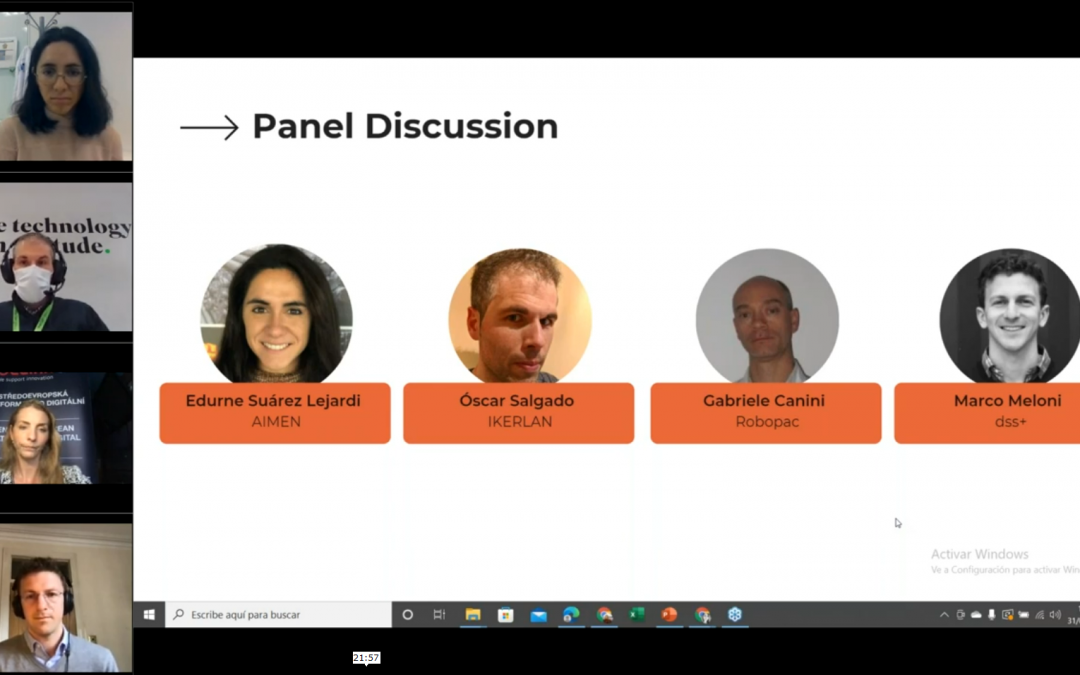1. We need stricter regulations
“We are lacking stricter policies that will push circular economy implementations.” (Edurne)
Implementing new processes may be challenging but it’s the only way to go. According to the European Environmental Agency, the industry was responsible in 2016 for more than 30% of the waste produced in the EU.
Business as usual can therefore not be an option. However, understanding it is one thing, implementing is another. And this is where public bodies have to be much more drastic in their measures.
2. Virtualisation can be a huge game-changer to save resources
“We can destroy as many virtuals materials as we want.” (Gabriele)
When testing packaging processes, Gabriele’s company can sometimes use up to 50 kilogrammes of plastic. Multiply this number by the number of tests and it results in huge amounts of waste.
However, through the use of digital twins, that is to say a digital replica of the machine, you can virtualise any process and witness the outcome as accurately as if the test had been conducted physically thus saving a lot of resources.
3. Have a life-cycle thinking approach
“Look at the broader implications of any solution that is being implemented.” (Marco)
In short, the resources that you save thanks to a new implementation might be compensated for by more waste, more energy used, etc. further down the process. A holistic view is required before making a decision.
4. You can comply with sustainable manufacturing practices but also benefit from them
“Companies tend to look toward short-term profitability especially when talking about SMEs.” (Óscar)
Nevertheless, there are some concrete benefits brought by sustainable manufacturing implementations, for the community, but also for the company. By focusing on reducing the amount of energy or waste in a given process, a factory will automatically save money on its energy bill and on its raw materials purchases hence becoming more competitive.
—
Keen on knowing more about reusing, reducing and recycling, you can view the full webinar below!

